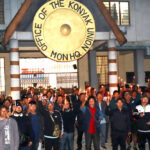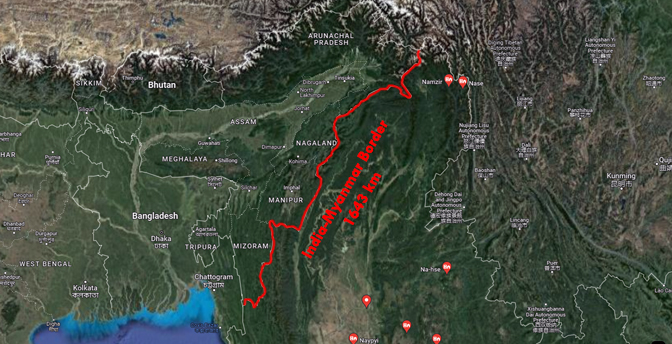Jhum cultivation, also known as shifting cultivation, is more than just slash-and-burn agriculture. However, jhum cultivation has been criticized for causing deforestation, soil degradation, and loss of biodiversity. Amidst such criticisms, the United Nations body, Food and Agriculture Organization (FAO), has endorsed jhum cultivation as a sustainable farming practice that maintains ecological balance. In its report titled “State of the World’s Forests 2020,” the FAO argues that jhum cultivation is an important traditional farming system that contributes to food security and biodiversity conservation.
The FAO report notes that jhum cultivation allows for natural regeneration of forests, prevents soil erosion, and supports the growth of various plant species that provide food and medicine. Additionally, the report highlights the role of jhum cultivation in preserving the cultural heritage and traditional knowledge of local communities. Moreover, the FAO report also suggests that promoting sustainable land-use practices that align with cultural traditions and supporting alternative livelihoods can help mitigate the negative impacts of jhum cultivation on the environment and local communities.
While the FAO report has been welcomed by proponents of jhum cultivation, critics remain skeptical. They argue that the increasing population and demand for land have led to the expansion of jhum cultivation, which has resulted in deforestation, soil degradation, and loss of biodiversity. However, this criticism can be dismissed as mere speculations as it can be proved that the opposite is happening on ground. If you visit any Naga village in Mokokchung today, you will notice that the practice of jhum cultivation is being rapidly abandoned. In fact, some villages have already abandoned it altogether while those who still practice it have become much lesser in number and intensity. There is no expansion of jhum cultivation happening in Mokokchung. Rather, it is a dying practice that needs resuscitating as the whole cultural heritage revolving around agriculture is dying along with it.
Additionally, critics point out that jhum cultivation often results in low yields and do not provide a stable source of income for farmers. However, unlike monocropping, jhum agriculture produces a variety of crops and, therefore, yields in jhum agriculture cannot be measured with the same yardstick as in monocropping. As far as a stable source of income for farmers is concerned, it must be understood that farmers – whether they are engaged in jhum cultivation or any other form of agriculture – will opt for other professions that offer better income provided the options are available.
Nonetheless, it is essential to find ways to promote sustainable agriculture while preserving cultural traditions and protecting the environment. This requires a collaborative effort between governments, NGOs, and local communities to develop innovative solutions that promote sustainable land use and protect the cultures of indigenous peoples.
The FAO’s endorsement of jhum cultivation as a sustainable farming practice that maintains ecological balance is significant. However, it is crucial to strike a balance between preserving cultural traditions and protecting the environment while promoting sustainable agriculture. By doing so, we can ensure that jhum cultivation remains an integral part of our cultural heritage while preserving the biodiversity and ecological balance of our forests.



